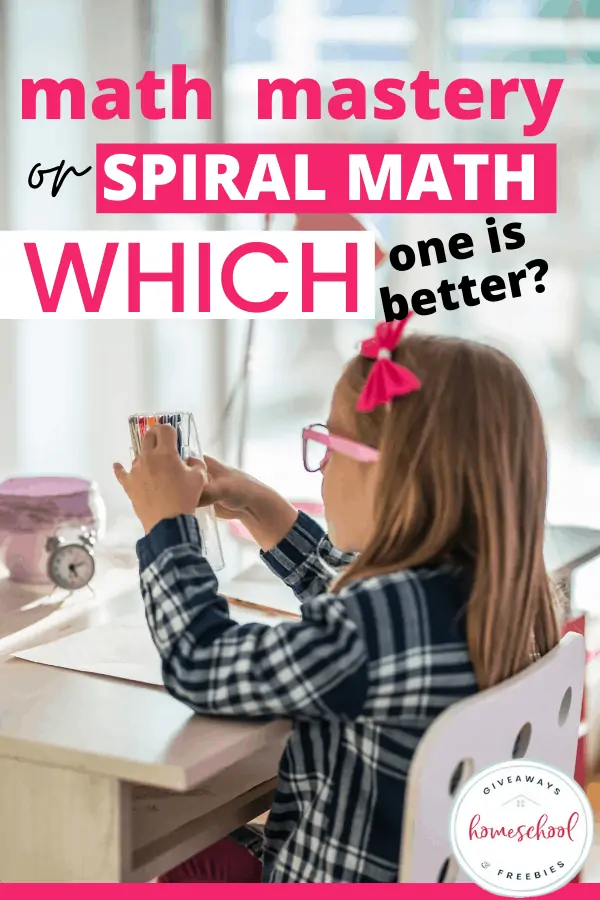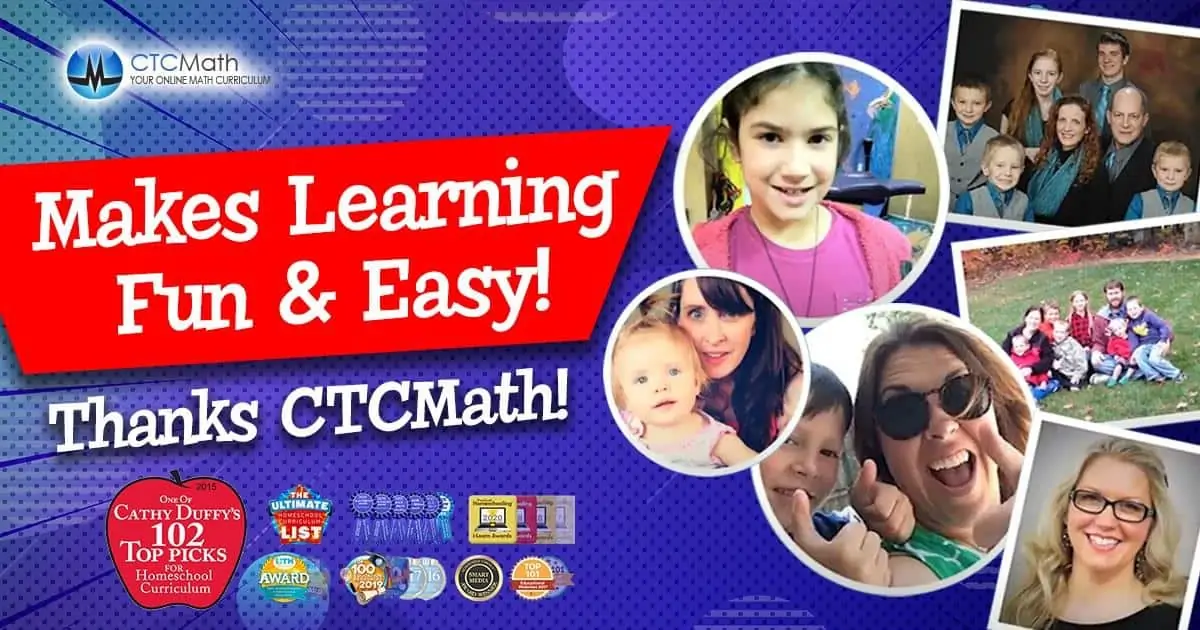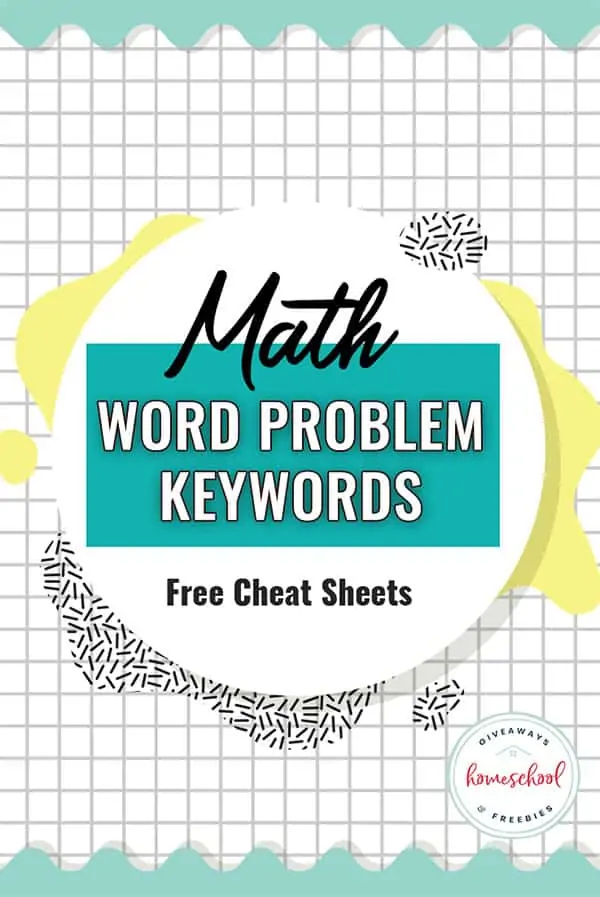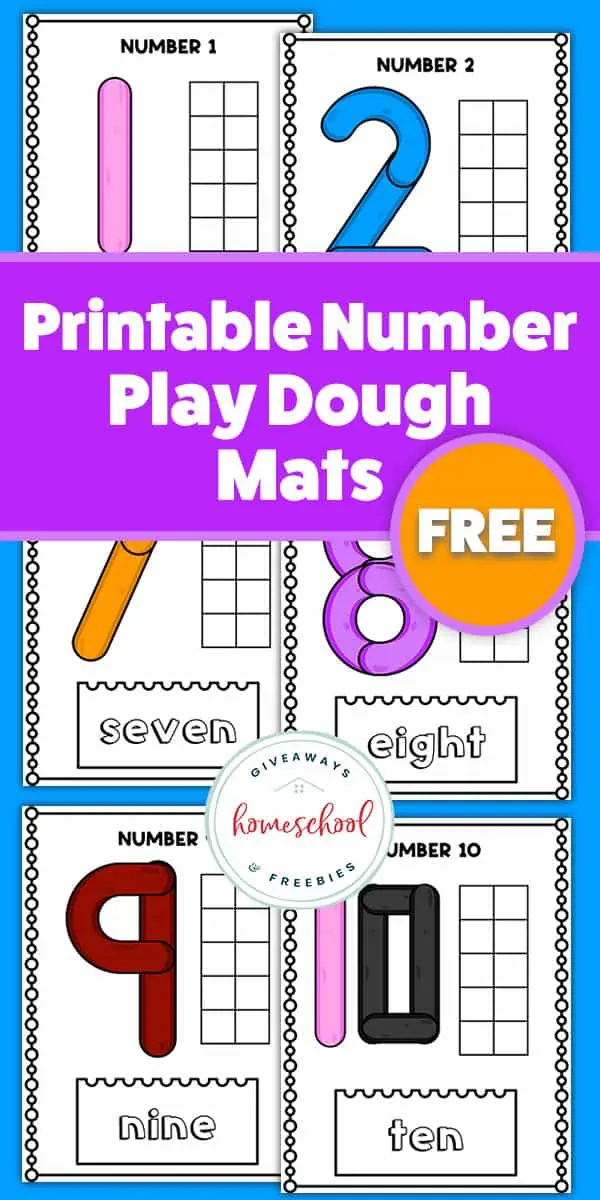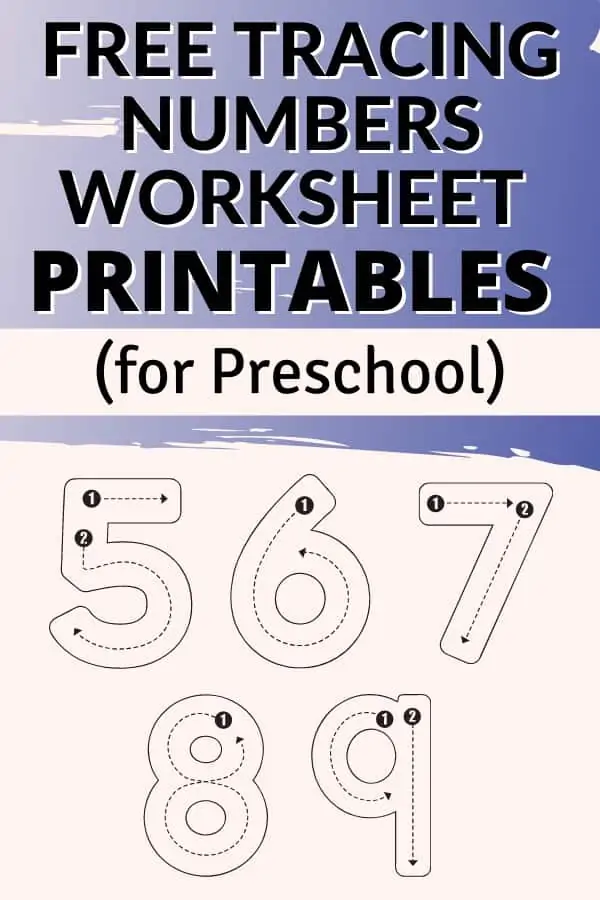Math Mastery or Spiral Math – Which One is Better?
Published:
August 17, 2021
Contributor:
Jeannette Tuionetoa
Disclosure: This post may contain affiliate links, meaning if you decide to make a purchase via my links, I may earn a commission at no additional cost to you. See my disclosure for more info.
Math is usually taught in two different approaches, one teaching method is math mastery and the other is a spiral method. So, the question is – math mastery or spiral math, which one is better?
Note: This is a sponsored post. All opinions are my own. Read our disclosure policy here.
What is spiral math?
A spiral approach to math is when a math concept is firstly presented to your students, and then opportunities to put the concept into practice are provided. Once a student gets that practice, it is time to move on to another skill.
With spiral learning, the skill is reviewed and reassessed through different math concepts. All learning is just a gradual addition to prior knowledge and learning concepts.
Why does spiral math work?
Students who need a review of subjects in order to remember and apply concepts do well with spiral math teaching methods.
Due to the reviewing and revisiting of topics, what they have learned stays fresh in the mind, making it less likely for them to forget previously learned concepts.
Spiral review of previous concepts incorporated into new concepts helps students deal well with harder concepts. They are encouraged, as they can revisit addition in a multiplication lesson.
Spiral math breaks up the monotony of one concept taught until mastery. Spiral math provides a variety of different concepts to prevent boredom and frustration. There can also be an integration of different concepts as they are pulled from different areas to form lessens to make kids explore varying topics at once.
What is math mastery learning?
Math mastery is a teaching method that considers focusing on the complete teaching of one full concept before progressing to a new skill.
Basically, a student learns a math concept in depth and masters the skill before moving on to a new concept or skill.
Why does math mastery work?
With the math mastery approach, a huge benefit is that families can go through concepts at a slower pace. With a slower pace to mastery, students are able to more deeply understand a concept.
Mastery in the concept means that concepts do not need to be revisited, because once they know it… they really know it. In my opinion, the real reason why this works in the process and in the long run is this. Students just don’t learn how to “do” a math problem, but they learn the “how” and “why” behind doing the math problem.
In math mastery, different types of manipulatives and hands-on activities along with worksheets can be used until a student fully understands a concept on a deeper level.
What is the difference between spiral math and mastery math?
There are actually quite a few significant differences in the math approaches. Spiral math allows for plenty of opportunities for much review. Math mastery moves on to another subject with less chance of actually reviewing previously learned material but focuses on the new material.
Spiral math tends to teach concepts and moves on to others whether a student fully understands or not. Yet, math mastery won’t move on until a concept is grasped by a student.
When students and home educators work together to tackle a math concept, it may seem like a while until the concept is finally learned. Spiral math takes an approach where smaller goals can be reached even daily as they move through varying concepts.
Spiral math provides links from one concept in math to another, knowing that mastery of a concept may never totally occur. Math mastery has grasping a concept in mind from beginning to end.
Mastery approaches in math build a complete set of knowledge then uses that as building blocks to move on to the next step in math. While spiral math approaches provide concept knowledge to a certain level. Then the method moves on to the next concept in order to expose students to more math concepts.
Math Mastery and Spiral Math history:
It is always interesting to research how the way we do things now has come to be. The shifts in how students have been taught have had a wave of changes and shifts.
Since the 1960s, spiral math had been at the forefront of how a public school would have approached math. However, following the United States’ participation in international testing during the 1990s, the outlook had started to shift.
The results of the International Mathematics and Science Studies conducted in1995 showed American student performance was lower than half of all the international countries represented in the study.
Due to this result, educators began to investigate why students were performing higher in those other countries. Other countries preferred a mastery approach to math education. Therefore, we chose to teach our public schools in this different way and student performance increased in our country.
Math Mastery or Spiral Math, Which One is Better?
Now, we understand the dynamics of such studies like the International Mathematics and Science Studies. They primarily dealt with the outcomes of the masses. While in homeschool, we clearly can evaluate our own students to determine which style of learning mathematics is best for them. So, which is the best homeschool math curriculum teaching method?
Math Mastery Curriculum
If you are in search of mastery math programs, we recommend CTCMath. I strongly believe that teaching kids math just to be able to pass and move on will not set them up for math success. However, teaching children with a curriculum that focuses on mastery and allows review to be woven in as needed, is something that will set your kids up for success in higher levels of math.
While CTCMath is a math mastery curriculum that is popular among homeschoolers (and a Cathy Duffy Top 101 Pick!), Teaching Textbooks is a favorite amongst homeschoolers who prefer a spiral math curriculum.
CTCMath vs. Teaching Textbooks Side-by-Side Comparison
If you are wondering what the differences are between CTCMath and Teaching Textbooks, we have a thorough comparison post on CTCMath vs. Teaching Textbooks.
In Conclusion
Consequently, it is important to note that not one math approach is perfectly right for everyone. Particularly when it comes to individual achievement.
For instance, my daughter is very studious. She enjoys getting good grades and truly understanding why things are done a certain way flourishes in a math mastery approach.
On the other hand, my son is thriving in daily achievements and flourishes in a spiral math approach to learning. He really isn’t interested in math or wondering why he is doing it. However, he does enjoy learning new things and having small goals to reach. They are so different, and in their learning styles, it is evident.
Overcoming Math Challenges
Remember that learning math skills is a common challenge for many students. So, be sure to check out these resources to help you teach math to kids who struggle with it or things you can do if your child seems to hate math.
We have a luxury, in homeschooling, to explore which math teaching method will best fit our families. In fact, we may even need to adjust our math teaching from child to child… and that is absolutely OK.
Help your kids to enjoy their mathematics lessons from elementary school, middle school, high school, and their entire year.

